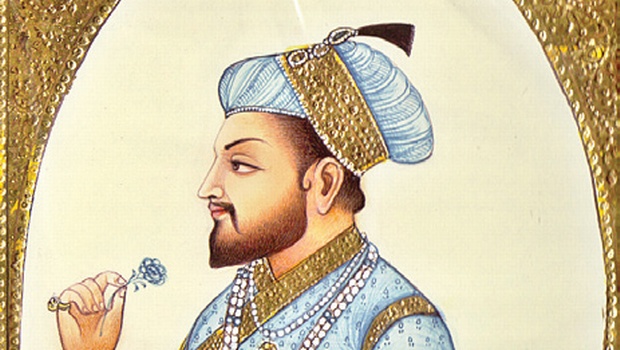JAMA MASJID
This blog tells you everything that you should know about the Jama Masjid, such as the history, architecture, timings, entry fee, and many more interesting details about this Top heritage monument in Delhi.

Jama Masjid of Delhi, also known as the Masjid-i-Jehan-Numa (which literally means “mosque with a commanding view of the world”), is one of the largest and most magnificent mosques in India. It is located in just front of the Red Fort in Old Delhi (earlier known as the Mughal capital of Shahjahanabad). It is one of the jewels made by Emperor Shah Jahan (the fifth Mughal ruler of India) between 1650 and 1656 and inaugurated on 23 July 1656 by its first Imam, Syed Abdul Ghafoor Shah Bukhari. There is interesting thing that the Jama Masjid has a capacity of holding 25000 people in the prayer hall at once.

It was said that the Jama Masjid is one of the last architectural wonders built under the patronage of Emperor Shah Jahan. According to the sources, almost 5000 craftsmen were involved in the construction of this masterpiece and it took almost ten lakh rupees the completion the mosque.
Jama Masjid Details
Name: Jama Masjid, also known as Masjid-I Jahan-Numa
Type: Mosque
Location: Off Netaji Subhash Marg, Chandni Chowk
Made by: Emperor Shah Jahan
Year of establishment: In 1656
Cost of construction: Around 10 lakh rupees
Architectural style: Indo-Islamic and Mughal
The material used: Red Sandstone and White Marble
Timings of Masjid: 7:00 am to 12:00 pm and 1:30 pm to 6:30 pm; every day (during prayer time tourists entry is not allowed)
Timings of Minarets: 9:00 am to 5:30 pm
Entry fees for Masjid: Free
Entry fees for Minarets: Rs.100
Nearest metro station: Jama Masjid Metro station
Camera charges: Rs.300
History of Jama Masjid

In 1638, Emperor Shah Jahan decided to make the capital Old Delhi the capital of his empire and thus relocate from Agra to Delhi, which was at that time called Shahjahanabad, located on the eastern bank of Yamuna river. The construction of the Jama Masjid mosque began in the year 1650 and went on for long six years before it was completed in 1656, at the highest point of Shahjahanabad. Ustad Khali was the architect who architect the design this mosque which was constructed by approximately 5000 workers.
The construction was supervised primarily under Sadullah Khan, the wazir (or the prime minister) during Shah Jahan’s reign, and Fazil Khan, the controller of Shah Jahan’s household.
The mosque has two main parts which resemble the earlier congregational mosques in Delhi- the main prayer hall and a large courtyard towards the east of the main prayer hall. The exterior of the mosque was inspired by the Akbar mosque at Fatehpur Sikri, whereas the interior was molded after the Friday mosque at Agra.
The architecture of Jama Masjid

The Jama Masjid of Delhi is considered to be the finest mosque constructed during the Mughal Empire. The mosque is built using red sandstone and white marble in an Indo-Islamic architectural style. The mosque in Delhi is a 261 feet tall structure with a width of 90 feet. It is surrounded by a 30m wide lawn which separates it from the dense city and nearby fabric of roads also, the structure is adorned with three huge arched gates, three marble domes, four towers, and two towering minarets.
Nearby places around the Jama Masjid for a visit
- Chandni Chowk Market- about 220m
- Shri Digamber Jain Lal Mandir- about 750m
- Red Fort- about 1km
- Fatehpuri Masjid- about 1.7km
- Gurudwara Sis Ganj Sahib- about 2.1km
- Gauri Shankar Mandir- about 2.4km
- Raj Ghat- about 2.7km
- India Gate- about 6.1km
- Humayun’s Tomb- about 9.9km

